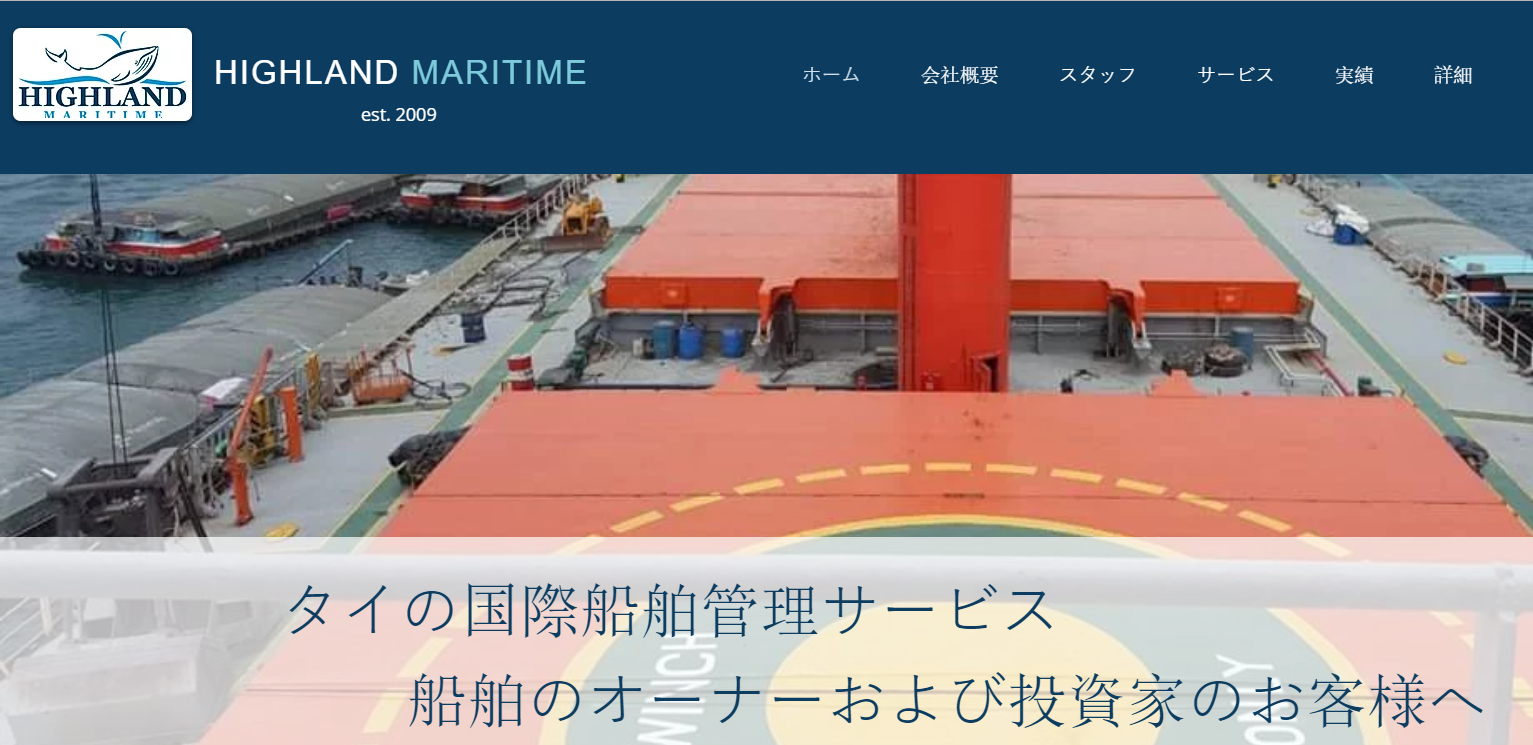Translating a website is usually a costly and time/resource-consuming activity. Costs can easily run into tens or even of hundreds of thousands of dollars. Yet most international companies engage in website translation either as a one-time or ongoing activity. Why? The answer is simple. Customers are comfortable reading and doing online business in their own language. Translating website content results in more revenue, more customers and more business. So when you decide to take the plunge and translate your website, which languages should you choose?
Where is the traffic coming from?
The first step you can take is to research the traffic of your existing website using Google Analytics or a similar tool.

Do you see a lot of traffic from certain foreign countries? This can be a good starting point for any growth plan: approaching the customer in the language they speak. Although many clients may be comfortable reading a vehicular language like English or use a machine translation tool to read your website, accessing a website in their own language always generates greater confidence and a better predisposition to carry out online operations.
Monitor the email traffic
Emails are also a good indicator of foreign language traffic potential. If you have a sales@ email address and find a lot of inquiries from France or Spain for example, it may be a good idea to consider translating your website into French and Spanish.
On the ground support
If your company has sales people or external sales reps in certain countries, it may be worthwhile to equip them with website content in their language. This becomes a no brainer, as the local sales people will be able to provide phone and written assistance to local clients. Putting in a local phone number will certainly drive leads to the sales people.
Research the Competition
Another possible strategy is to research the competition. If we have identified competitors that are somewhat further along than you are in the internationalization process, it may be beneficial to find out which languages and markets they are targeting. This will allow us to know if there is any type of trend within the sector. And if you detect foreign markets that the competition have not yet reached, this may give you a valuable head start.
Cost vs. Benefit
As mentioned previously, translating a website can be very costly. So use your budget wisely. After you have determined which countries are most beneficial, get cost estimates for each language. Some languages are relatively inexpensive-this includes Spanish, Chinese and Portuguese. Some languages are expensive-this includes Norwegian, Danish and Swedish. Also consider the English proficiency of your clients in each country. In certain countries like Belgium, the Netherlands and Switzerland command of English is very high. Maybe the languages of those countries should be lower priority.
In terms of traffic, some languages will get you more bang for the buck than others. Latin American Spanish for example is spoken in many countries. Portuguese as well. Chinese is the most populated country in the planet. But the buying power in some of these countries may reduce the benefits of translating your content to these languages. In terms of pure traffic, here are the leading languages on the Internet (source: Wikipedia).
- English
- Chinese
- Spanish
- Arabic
- Indonesian / Malaysian
- Portuguese
- French
- Japanese
- Russian
- German
Geo A/B Tests
Translating an entire website may cost a lot. But translating one or a few landing pages will not cost that much. So perhaps test the waters before going all in. Translate a few pages into some languages to test how your content performs in various countries.
Test translated keywords using Google Adwords
If you translate landing pages into a new language, create a new Google Adwords campaign with suitable keywords in the target language. Monitor the results in Google Adwords and GA. This will give you valuable insight into traffic pattern in foreign countries.





